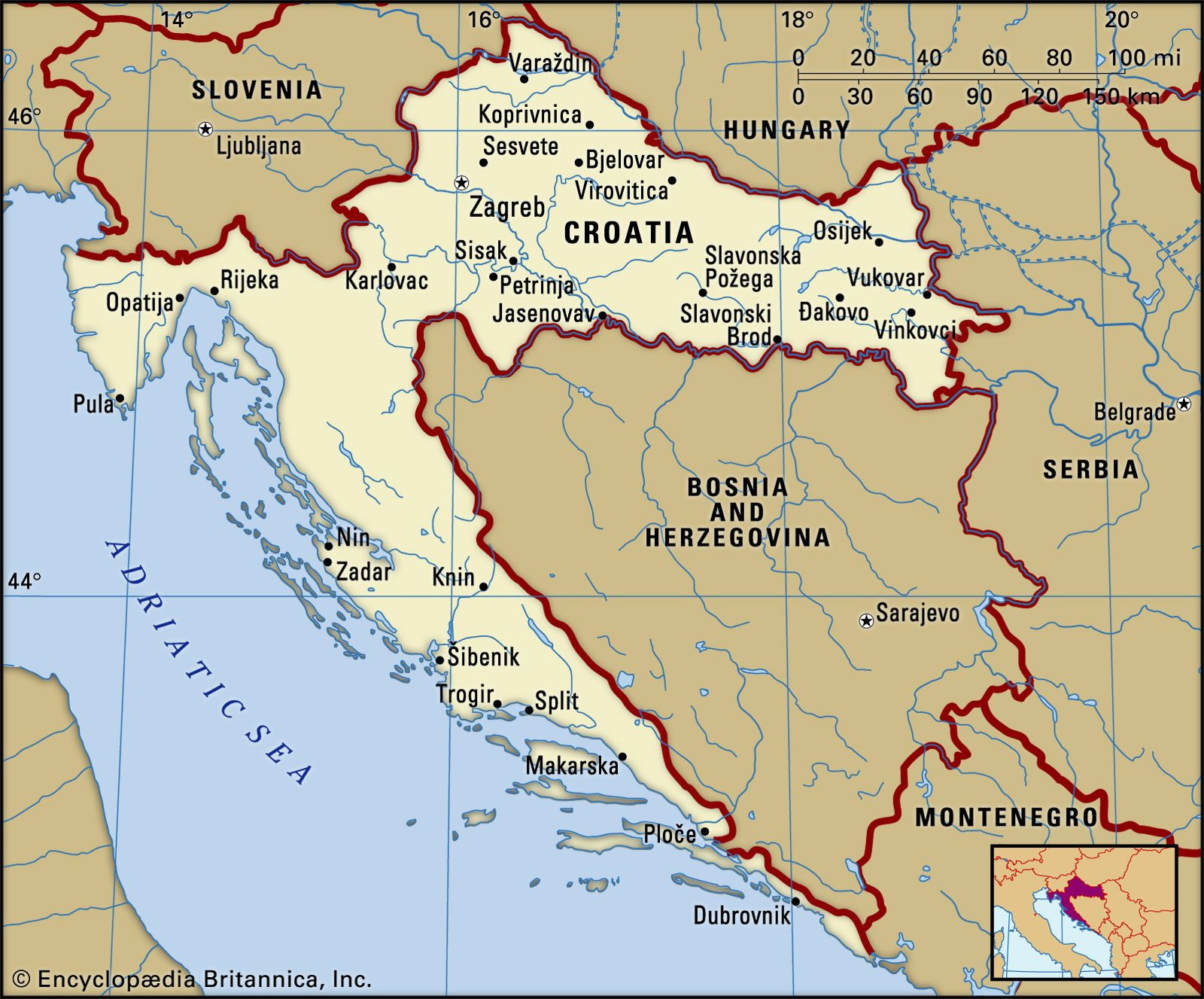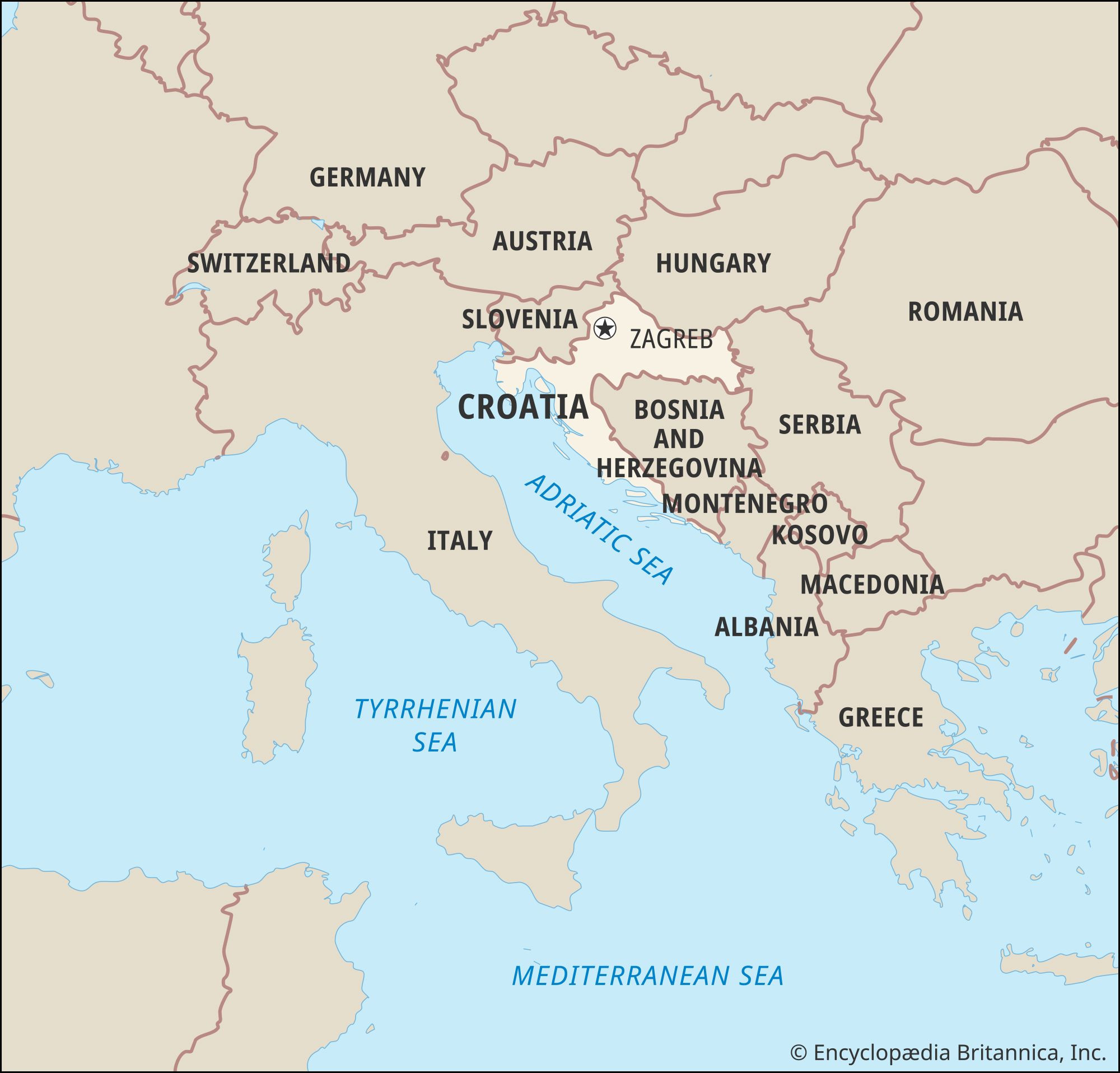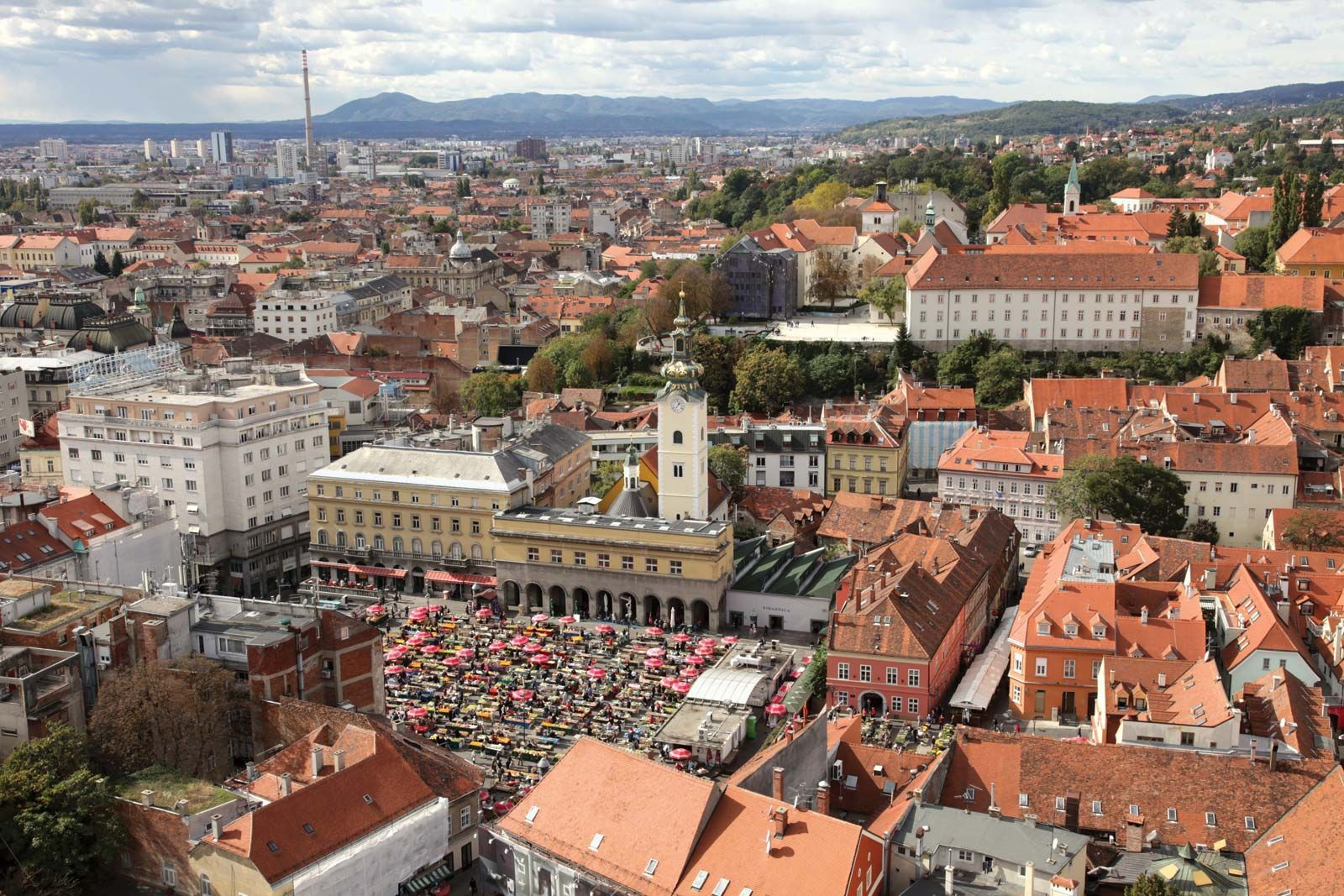Croatia, a country celebrated for its stunning coastline, rich history, and vibrant culture, is nestled in a geographically significant part of Europe. Understanding where Croatia is located in Europe is key to appreciating its unique position and influence on the continent. This article will explore Croatia’s precise location, its surrounding regions, and why its geography is so integral to its identity.
Geographical Location in Europe
Croatia is situated in Southeastern Europe, often also described as being part of Central Europe due to its historical and cultural connections. More specifically, Croatia occupies a strategic position in the northwestern part of the Balkan Peninsula. This peninsula is a region in Southeast Europe bordered by the Adriatic Sea, the Ionian Sea, the Aegean Sea, the Turkish Straits, and the Black Sea. Croatia’s location on the Balkan Peninsula places it at a crossroads of European history and culture, influenced by both Mediterranean and Central European traditions.
The country’s shape is often described as crescent-like, curving around Bosnia and Herzegovina. This unique shape gives Croatia a long and beautiful coastline along the Adriatic Sea. The Adriatic Sea is an arm of the Mediterranean Sea, separating the Italian Peninsula from the Balkan Peninsula. Croatia’s extensive coastline along the Adriatic is one of its most defining geographical features, contributing significantly to its tourism and maritime industries.
 Panoramic view of Croatia coastline and clear blue Adriatic Sea
Panoramic view of Croatia coastline and clear blue Adriatic Sea
Borders and Neighboring Countries
To further pinpoint Croatia’s location in Europe, it’s helpful to consider its neighboring countries. Croatia shares borders with:
- Slovenia to the northwest
- Hungary to the northeast
- Serbia to the east
- Bosnia and Herzegovina to the southeast
- Montenegro to the south
The border with Bosnia and Herzegovina is particularly notable as it curves around a significant portion of Croatian territory. This positioning means Croatia acts as a bridge between Central Europe and the Mediterranean, and between Western and Eastern Europe.
 Croatia within Europe, highlighting neighboring countries
Croatia within Europe, highlighting neighboring countries
Regions within Croatia
Within Croatia itself, the country is historically and geographically divided into several key regions:
- Croatia-Slavonia: Located in the northeastern part of the country, forming the upper arm of the crescent. This region is characterized by plains and agricultural lands.
- Istria: A peninsula in the northwest, jutting into the Adriatic Sea. Istria is known for its coastal resorts, historic towns, and Italian influences.
- Dalmatia: The long coastal strip extending along the Adriatic Sea. Dalmatia is famed for its islands, picturesque towns like Dubrovnik and Split, and Mediterranean climate.
These regions contribute to Croatia’s geographical diversity, ranging from inland plains to mountainous areas and a stunning coastline.
 Zagreb, the capital city of Croatia, showcasing Central European architecture
Zagreb, the capital city of Croatia, showcasing Central European architecture
Diverse Landscape and Climate
Croatia’s location in Europe contributes to its diverse landscape and climate. The country features:
- Pannonian Plains: In the north and northeast, these plains are fertile agricultural regions with a continental climate of warm summers and cold winters.
- Dinaric Alps: A mountain range running through central Croatia, characterized by karst topography, forests, and the country’s highest peak, Dinara.
- Adriatic Coastline: With over a thousand islands and islets, the coastline enjoys a Mediterranean climate with warm, dry summers and mild, wet winters.
This varied geography, influenced by its European location, makes Croatia a country of contrasts and great natural beauty, attracting visitors year-round.
 Dubrovnik, a coastal city in Dalmatia, exemplifying the Adriatic beauty of Croatia
Dubrovnik, a coastal city in Dalmatia, exemplifying the Adriatic beauty of Croatia
Conclusion
In summary, Croatia is located in Southeastern Europe, on the northwestern Balkan Peninsula, with a significant coastline along the Adriatic Sea. Its neighbors include Slovenia, Hungary, Serbia, Bosnia and Herzegovina, and Montenegro. This puts Croatia at a fascinating European crossroads, blending Central European and Mediterranean influences in its culture, history, and landscape. Understanding where Croatia is located in Europe is essential to appreciating its unique charm and strategic importance within the continent. From its vibrant coastal cities to its inland natural parks, Croatia’s European location is fundamental to its appeal as a travel destination and a country with a rich and diverse identity.
